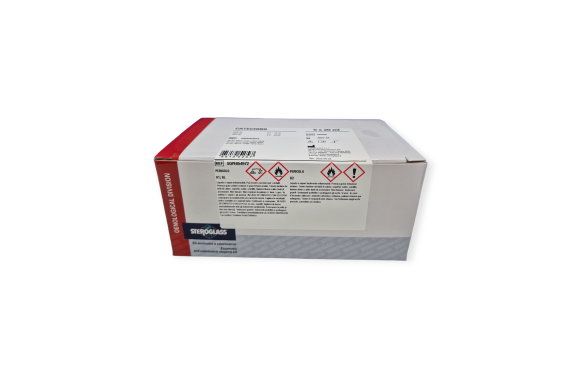CATECHINS KIT
Contact our expert for more informations.

Catechins are localised in various organs of the vine, especially in the grape seeds and the epidermis of the grape exocarp. The term catechins denotes the monomeric (flavan-3-ol) and polymeric units represented by the isomers of catechin and epicatechin. These compounds participate in the formation of wine colour, have an antioxidant function, can impart bitterness and astringency to wines and can interact with other macromolecules such as complex polyphenols and mannoproteins. Their concentration is strongly influenced by genetic, environmental, cultural and technological factors (5 - 100 mg/l in pressed wines) and is mainly measured for white wines, given their oxidisability from mashing.
Benefits
-
did you know...
Catechins are colourless compounds that oxidise easily, giving rise to browning in wines and are astringents, i.e. they precipitate proteins in saliva, making the palate feel rough. It is therefore essential to identify the quantities of catechins present in wines to ensure a quality product.
Technical features
READY TO USE: Liquid and easy to use.
PRECISION AND SPECIFICITY: Characterized by high specificity, they provide accurate and repeatable data.
LOW COSTS AND LONG SHELF LIFE: Minimal cost per test and a long shelf life (average 24 months).
FAST ANALYSIS: Allow for quick and reliable results (up to 300 tests/hour), especially when used with automated instruments like our HYPERLAB series analyzers.
SIMPLE AND ECONOMIC CALIBRATION: It is possible to use single-method and/or multi-parametric calibration/verification standards. The determination of the Blank is performed automatically every 12 hours with the Hyperlab analyzers.
METHODS APPROVED BY INTERNATIONAL STANDARDS: Numerous enzymatic methods have been approved and validated by international organizations such as:
ISO (International Standardization Organization)
AOAC (American Association of Analytical Chemists)
IFU (International Federation of Fruit Juice Producers)
OIV (International Wine Office)
IDF (International Dairy Federation)
EBC (European Brewery Convention) and many others.
STERGLASS ENZYMATIC AND COLORIMETRIC KITS
Enzymatic and colorimetric kits are widely used in quality control for the main analytical determinations of a variety of food products such as fruit juices, wine, beer, dairy products, eggs, meat, and for the monitoring of fermentation processes carried out by microorganisms for the determination of sugars, organic acids, and other components such as sulfites, phenolic compounds, and metals.
Based on high-quality purified enzymes, enzymatic analysis allows for precise, highly accurate, and repeatable measurements, even in complex matrices. The absorbance variation, measured spectrophotometrically as a result of enzymatic transformations, is closely correlated with the concentration of the various analytes sought.
Industries
Applications
Product codes
| Steroglass code | Description | N°Analyses |
|---|---|---|
| SQPE054972 | CATECHINS KIT 5x20ml | manual 50/100 ; automatic 200/300 |
